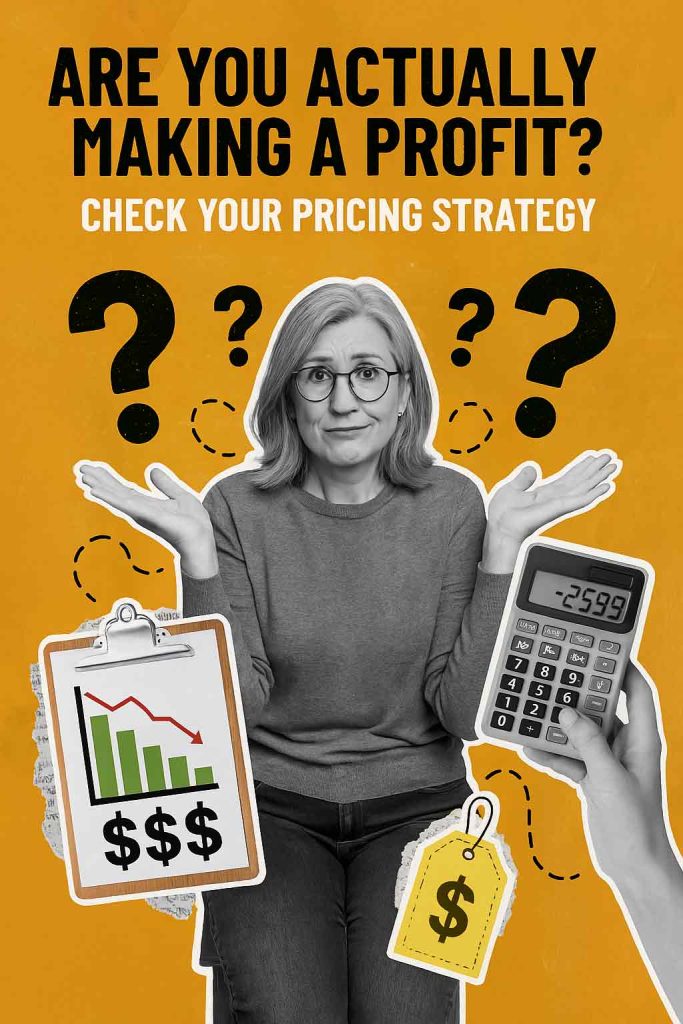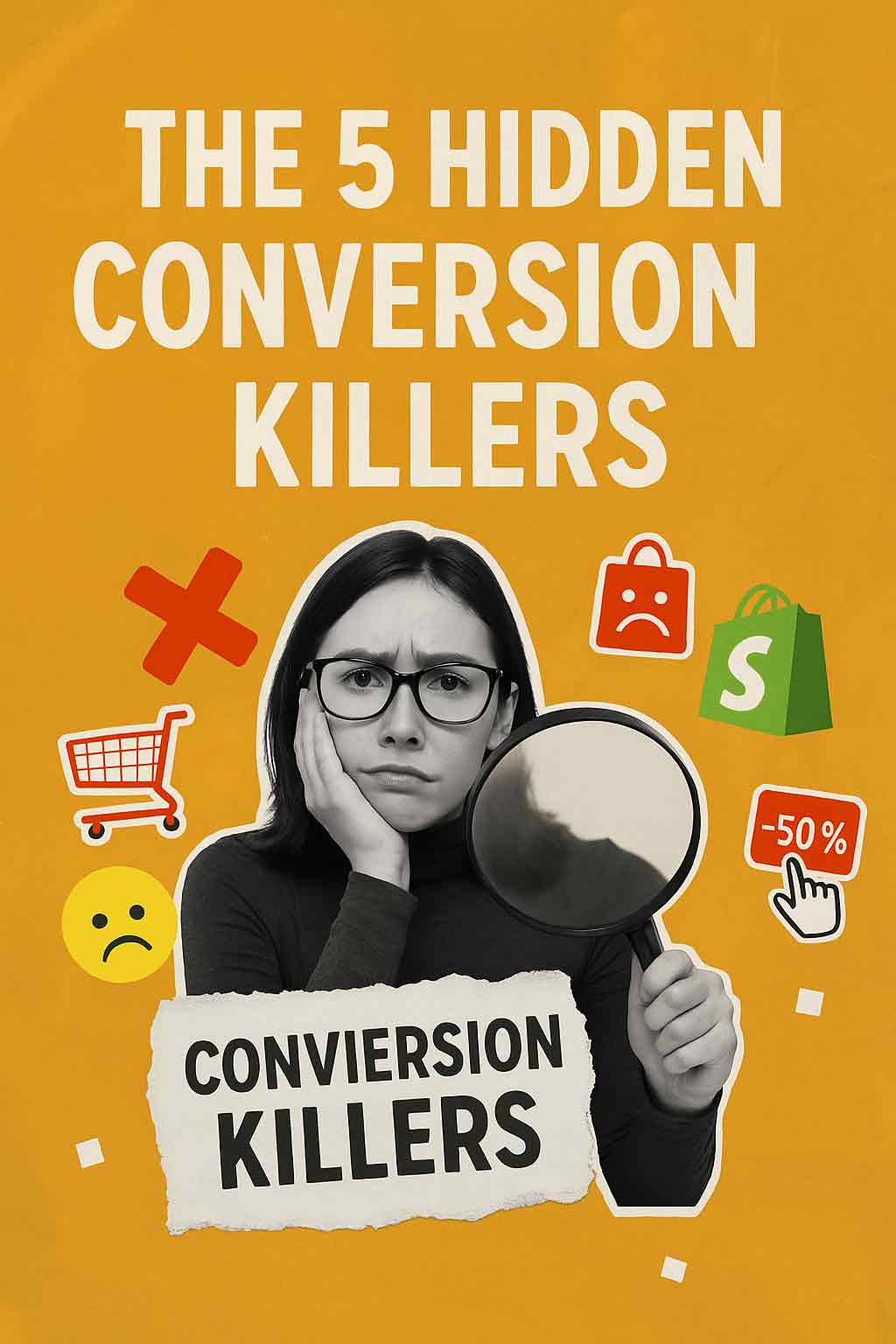You’re making sales, traffic is up, and your ads are running — but are you actually making a profit? It’s time to examine your eCommerce pricing strategy to ensure your business is financially healthy and sustainable. A smart pricing model is the foundation of profitability, and without it, you may be scaling losses instead of revenue.
-
The Illusion of Growth
Many sellers fall into the trap of equating growth with profit. Seeing a steady stream of orders can feel like success — but if your costs are too high, you're simply moving money, not earning it. A flawed eCommerce pricing strategy often leads to businesses celebrating growth while losing cash on each transaction.
Example: You sell a product for AED 100. Your combined costs — product, fulfillment, fees, and advertising — total AED 95. That leaves a thin AED 5 margin, easily wiped out by a return or a platform fee spike. Multiply that by hundreds of orders, and you could be operating at a loss despite high revenue.
-
Common eCommerce Costs to Factor In
To create a solid eCommerce pricing strategy, start by understanding all the costs involved:
- Cost of Goods Sold (COGS)
- Shipping & Fulfillment
- Payment & Platform Fees
- Advertising Costs
- Returns & Refunds
- Your Time or Team’s Labor
- Packaging materials and branding
- Warehouse or storage expenses
- Software subscriptions (e.g., email marketing tools, analytics)
Each of these factors chips away at your margins. Skipping any of them when calculating your prices can lead to dangerously inaccurate profitability projections.
-
The 4x Pricing Rule
One effective eCommerce pricing strategy is the 4x pricing rule: set your selling price at four times your cost. This simple formula helps you ensure coverage for:
- Marketing & ad spend
- Operational overhead
- Discounts and promotions
- A healthy profit margin (20–30%)
Not every product can follow this rule, but using it as a benchmark can help protect your margins. For lower-priced items or highly competitive markets, consider bundling or up-selling to increase your average order value and meet your profit goals.
-
Understanding Your Break-Even Point
Before profits come into play, you must break even. Calculating your break-even point is a critical part of any eCommerce pricing strategy:
Break-even Units = (Fixed Costs + Variable Costs) / Profit per Unit
Your Customer Acquisition Cost (CAC) plays a significant role. If you're spending AED 50 to acquire a customer who only buys once and generates AED 30 in profit, you’re already in the red. A strong pricing strategy is one that takes CAC and customer lifetime value (CLV) into account and adjusts accordingly.
-
Returns, Refunds & Damaged Goods
Returns can eat away at your profits. If a returned item is damaged or opened, you're likely to lose the full cost. A smart eCommerce pricing strategy accounts for returns and includes measures to reduce them:
- Use clear product descriptions and sizing info
- Package securely to prevent shipping damage
- Monitor return reasons and adjust listings accordingly
- Implement a clear return policy to manage expectations
- Use automation to flag high-return items
Reducing return rates not only protects margins but also improves the customer experience and brand trust.
-
Discounting vs. Profiting
Too many discounts may give the illusion of increased sales but can severely damage your long-term profitability. A thoughtful eCommerce pricing strategy includes alternatives to deep discounts:
- Bundling products to increase order size
- Free shipping thresholds to increase cart value
- Bonus gifts or samples instead of price cuts
- Loyalty programs and referral incentives
These techniques encourage higher spending without undercutting your product value. They also promote brand loyalty and repeat purchases.
-
Track Real Margins, Not Just Revenue
Your top-line revenue is not your profit. Use tools like BeProfit or native Shopify Reports to track true profitability. This means monitoring:
- Ad spend
- Platform fees
- Shipping costs
- Refunds and returns
- Net profit per product
- Marketing ROI per channel
Data should drive your eCommerce pricing strategy. Having a granular view of where each dollar goes helps you optimize and scale with confidence.
-
Psychology in eCommerce Pricing Strategy
Pricing is not just a financial decision — it’s psychological. Consumers perceive value based on how prices are presented. Here are techniques you can use to enhance your eCommerce pricing strategy:
- Use charm pricing (e.g., AED 49.99 instead of AED 50)
- Anchor pricing by showing discounts from a higher price
- Offer “decoy” products to push customers toward higher-margin options
- Create urgency with limited-time pricing
- Use subscription pricing for repeat purchases
Incorporating pricing psychology can help drive conversions while preserving profit margins.
-
How to Build Your Own eCommerce Pricing Strategy
Ready to take control of your profitability? Here’s a step-by-step framework to build a sustainable eCommerce pricing strategy:
- Calculate your total cost per unit (COGS + shipping + ads + fees + labor)
- Apply the 4x pricing rule as a benchmark
- Factor in CAC, return rate, and average discount
- Track net profit per product using analytics tools
- Test and optimize pricing based on performance and competition
- Use A/B testing to refine your pricing display
- Adjust pricing regularly based on real-time data
Pricing isn’t a set-it-and-forget-it task. It’s an ongoing process that evolves with your business and market conditions. The most successful brands revisit their eCommerce pricing strategy every quarter.
Real-World Example: From Breakeven to Profitable
We worked with a skincare brand that was doing great on paper — solid traffic, healthy sales, and strong brand engagement. But profit was elusive. After a deep dive into their eCommerce pricing strategy, we made key adjustments:
- Increased pricing on high-margin items
- Shifted ad budget to best-performing SKUs
- Introduced value-based product bundles
- Improved product descriptions to reduce returns
- Lowered CAC by 28%
Within three months, they shifted from breakeven to 26% net profit — simply by fine-tuning their pricing and understanding their true costs. This transformation was driven by clarity, not complexity.
If you’re unsure whether your eCommerce pricing strategy is working, you’re not alone. Many businesses don’t realize they’re operating on razor-thin margins until it’s too late. But it doesn’t have to be this way.
Book a free pricing strategy session with 360Beats — and let’s uncover where your profit is hiding. Our team will help you analyze your costs, reposition your products, and build a pricing model that ensures long-term success.




